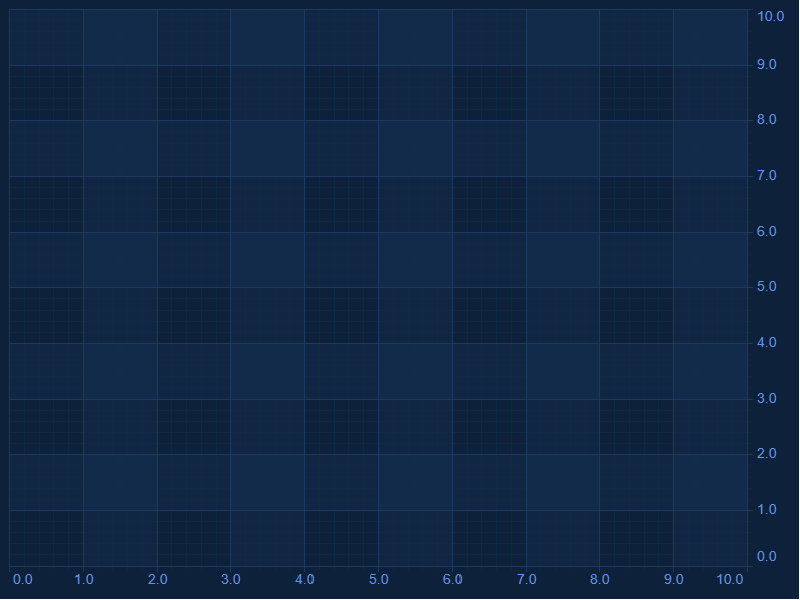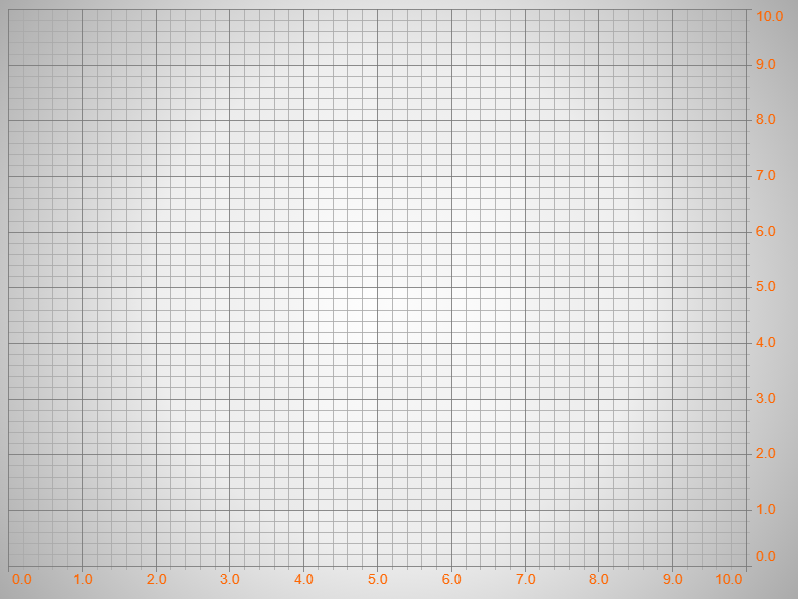import {SciChartSurface} from "scichart/Charting/Visuals/SciChartSurface";
import {NumericAxis} from "scichart/Charting/Visuals/Axis/NumericAxis";
export async function createCustomTheme(divId) {
// Create a custom theme by implementing all the properties from IThemeProvider
const customTheme = {
axisBorder: "Transparent",
axisTitleColor: "#6495ED",
annotationsGripsBackroundBrush: "white",
annotationsGripsBorderBrush: "white",
axis3DBandsFill: "#1F3D6833",
axisBandsFill: "#1F3D6833",
axisPlaneBackgroundFill: "Transparent",
columnFillBrush: "white",
columnLineColor: "white",
cursorLineBrush: "#6495ED99",
defaultColorMapBrush: [
{ offset: 0, color: "DarkBlue" },
{ offset: 0.5, color: "CornflowerBlue" },
{ offset: 1, color: "#FF22AA" }
],
downBandSeriesFillColor: "#52CC5490",
downBandSeriesLineColor: "#E26565FF",
downBodyBrush: "white",
downWickColor: "white",
gridBackgroundBrush: "white",
gridBorderBrush: "white",
labelBackgroundBrush: "#6495EDAA",
labelBorderBrush: "#6495ED",
labelForegroundBrush: "#EEEEEE",
legendBackgroundBrush: "#1D2C35",
lineSeriesColor: "white",
loadingAnimationBackground: "#0D213A",
loadingAnimationForeground: "#6495ED",
majorGridLineBrush: "#1F3D68",
minorGridLineBrush: "#102A47",
mountainAreaBrush: "white",
mountainLineColor: "white",
overviewFillBrush: "white",
planeBorderColor: "white",
rolloverLineBrush: "#FD9F2533",
rubberBandFillBrush: "#99999933",
rubberBandStrokeBrush: "#99999977",
sciChartBackground: "#0D213A",
scrollbarBackgroundBrush: "white",
scrollbarBorderBrush: "white",
scrollbarGripsBackgroundBrush: "white",
scrollbarViewportBackgroundBrush: "white",
scrollbarViewportBorderBrush: "white",
shadowEffectColor: "white",
textAnnotationBackground: "#6495EDAA",
textAnnotationForeground: "#EEEEEE",
tickTextBrush: "#6495ED",
upBandSeriesFillColor: "white",
upBandSeriesLineColor: "white",
upBodyBrush: "#6495EDA0",
upWickColor: "#6495ED"
}
const { sciChartSurface, wasmContext } = await SciChartSurface.create(divId);
sciChartSurface.applyTheme(customTheme);
sciChartSurface.xAxes.add(new NumericAxis(wasmContext));
sciChartSurface.yAxes.add(new NumericAxis(wasmContext));
}
import {SciChartSurface} from "scichart/Charting/Visuals/SciChartSurface";
import {NumericAxis} from "scichart/Charting/Visuals/Axis/NumericAxis";
import {IThemeProvider} from "scichart/Charting/Themes/IThemeProvider";
export async function createCustomThemeTs(divId: string) {
// Create a custom theme by implementing all the properties from IThemeProvider
const customTheme: IThemeProvider = {
axisBorder: "Transparent",
axisTitleColor: "#6495ED",
annotationsGripsBackroundBrush: "white",
annotationsGripsBorderBrush: "white",
axis3DBandsFill: "#1F3D6833",
axisBandsFill: "#1F3D6833",
axisPlaneBackgroundFill: "Transparent",
columnFillBrush: "white",
columnLineColor: "white",
cursorLineBrush: "#6495ED99",
defaultColorMapBrush: [
{ offset: 0, color: "DarkBlue" },
{ offset: 0.5, color: "CornflowerBlue" },
{ offset: 1, color: "#FF22AA" }
],
downBandSeriesFillColor: "#52CC5490",
downBandSeriesLineColor: "#E26565FF",
downBodyBrush: "white",
downWickColor: "white",
gridBackgroundBrush: "white",
gridBorderBrush: "white",
labelBackgroundBrush: "#6495EDAA",
labelBorderBrush: "#6495ED",
labelForegroundBrush: "#EEEEEE",
legendBackgroundBrush: "#1D2C35",
lineSeriesColor: "white",
loadingAnimationBackground: "#0D213A",
loadingAnimationForeground: "#6495ED",
majorGridLineBrush: "#1F3D68",
minorGridLineBrush: "#102A47",
mountainAreaBrush: "white",
mountainLineColor: "white",
overviewFillBrush: "white",
planeBorderColor: "white",
rolloverLineBrush: "#FD9F2533",
rubberBandFillBrush: "#99999933",
rubberBandStrokeBrush: "#99999977",
sciChartBackground: "#0D213A",
scrollbarBackgroundBrush: "white",
scrollbarBorderBrush: "white",
scrollbarGripsBackgroundBrush: "white",
scrollbarViewportBackgroundBrush: "white",
scrollbarViewportBorderBrush: "white",
shadowEffectColor: "white",
textAnnotationBackground: "#6495EDAA",
textAnnotationForeground: "#EEEEEE",
tickTextBrush: "#6495ED",
upBandSeriesFillColor: "white",
upBandSeriesLineColor: "white",
upBodyBrush: "#6495EDA0",
upWickColor: "#6495ED"
}
const { sciChartSurface, wasmContext } = await SciChartSurface.create(divId);
sciChartSurface.applyTheme(customTheme);
sciChartSurface.xAxes.add(new NumericAxis(wasmContext));
sciChartSurface.yAxes.add(new NumericAxis(wasmContext));
}


